
Sorry, we don't have any places yet
You may also be interested:

Removed from Unnamed collection
Dinder National Park 
Nestled in northern Sudan, Dinder National Park is a true gem for nature enthusiasts. Established as a protected area in 1935, this park stretches along the banks of the Dinder River, from which it takes its name, and also features the Rahad River we
Map

Removed from Unnamed collection
Tank Graveyard 
Nestled just outside the charming city of Asmara lies a hidden gem that isn't your typical tourist destination: the Tank Graveyard. This intriguing site, a sprawling expanse of wild, overgrown land, is home to a haunting collection of military tanks,
Map

Removed from Unnamed collection
The cathedral of Asmara 
The Cathedral of Asmara, constructed in 1922, is a stunning example of the Lombard-Romanesque style. Its soaring Gothic bell tower is a prominent feature that stands out against the city's skyline, making it a handy point of reference if you ever fin
Map
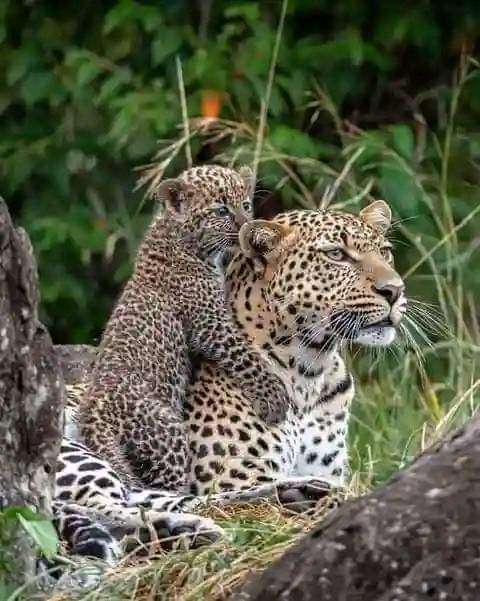
Removed from Unnamed collection
samburu safari 
25 November 2024
Game Drives in Three Iconic Parks – Experience the diverse wildlife of Samburu, Lake Nakuru, and Masai Mara, with opportunities to spot the Big Five, flamingos, rare species like Grevy’s zebra, and much more. Unique Wildlife Encounters – Explore Samb
Map

Removed from Unnamed collection
Samburu Tour 
26 November 2024
Explore the Big Five in Masai Mara with game drives and a balloon safari. Visit Lake Naivasha for hippo sightings and a serene boat ride. See flamingos and geothermal springs at Lake Bogoria. Spot rare species like Grevy’s zebras in Samburu. Experien
Map

Removed from Unnamed collection
Sudan National Museum 
The Sudanese Museum stands proudly as one of Sudan's top attractions, offering a window into the country's rich history. Known officially as the National Museum of Sudan, it holds the title of the largest museum in the nation. You'll find this cultur
Map

Removed from Unnamed collection
Khalifa House Museum 
Nestled near the iconic Mahdi's tomb in Omdurman, the museum is a treasure trove of history waiting to be explored. This fascinating house was originally built for the successor of the Mahdi, adding an intriguing layer of historical significance to y
Map
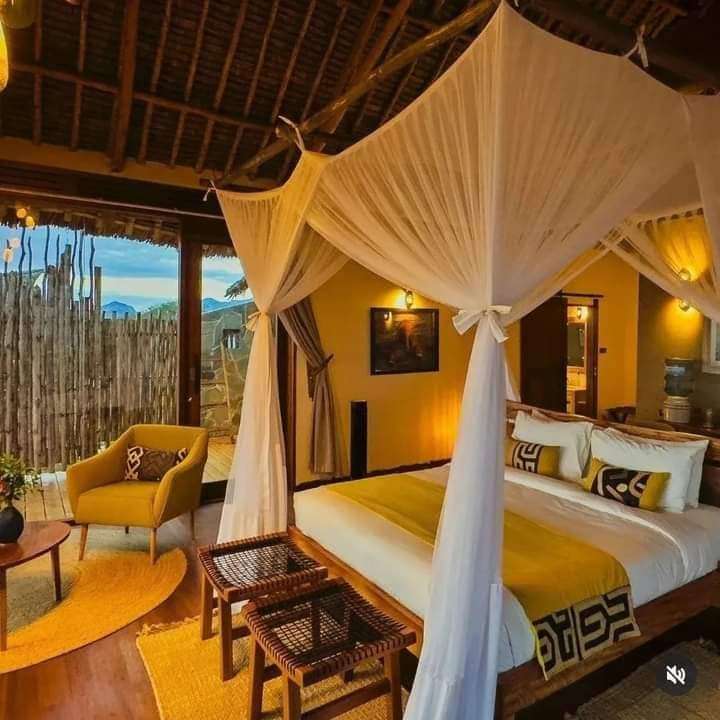
Removed from Unnamed collection
Aberdares To masai mara 
25 November 2024
Explore the lush Aberdares National Park, with a stay at the iconic Tree Top Hotel. Discover Lake Nakuru’s flamingos and rhinos in a thrilling game drive. Enjoy a serene boat ride at Lake Naivasha, home to hippos and diverse birdlife. Experience the
Map
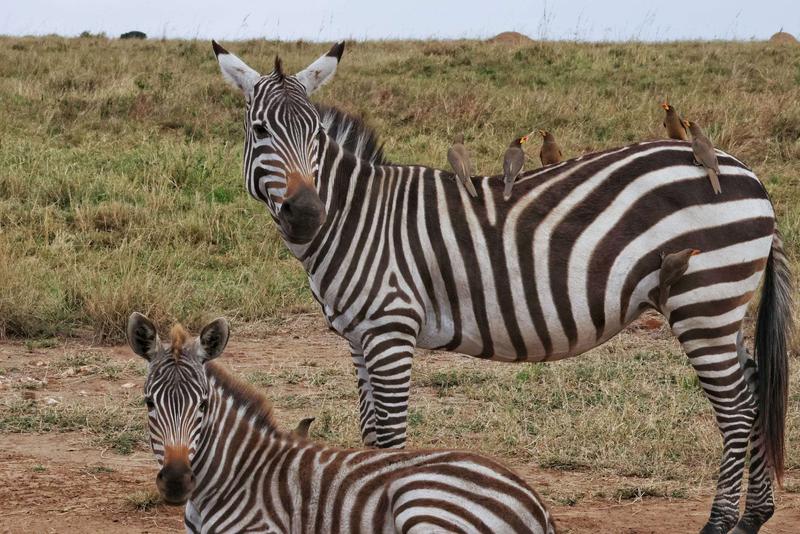
Removed from Unnamed collection
Aberdares Tour 
25 November 2024
Diverse Destinations: Explore Samburu's unique wildlife, Aberdares' lush landscapes, Lake Nakuru's vibrant birdlife, and the legendary Masai Mara. Big Five Sightings: Enjoy thrilling encounters with lions, elephants, rhinos, leopards, and buffalo. Un
Map

Removed from Unnamed collection
Lake Nakuru National Park 
Nestled in the heart of the Great Rift Valley, Lake Nakuru National Park offers a mesmerizing escape into nature's embrace. This stunning park, encircled by lush woodlands and sprawling grasslands, is a haven for those seeking a rich ecological exper
Map
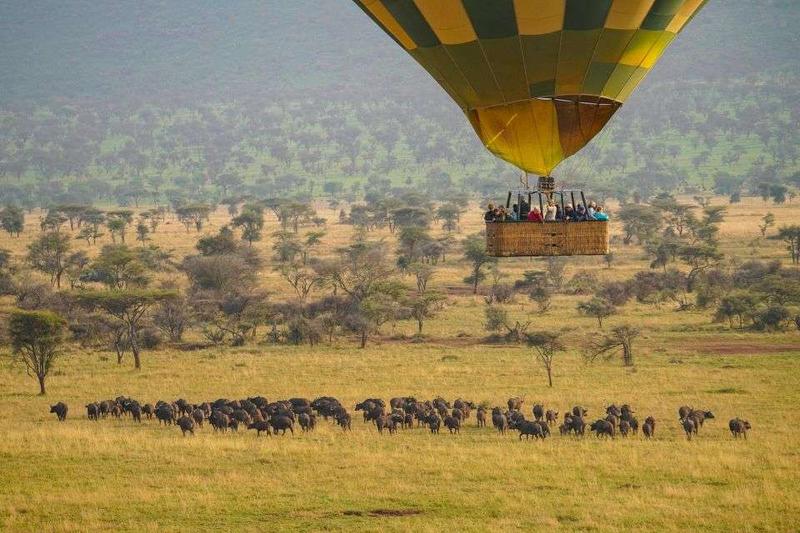
Removed from Unnamed collection
lake nakuru safari 
25 November 2024
Witnessing the Great Migration in the Masai Mara Game drives for spotting the Big Five: lions, elephants, buffaloes, leopards, and rhinos Exploring the diverse birdlife around Lake Nakuru Enjoying stunning sunsets and sunrises over the African savann
Map

Removed from Unnamed collection
Lake Naivasha Trip 
27 November 2024
Game Drives in Masai Mara: Witness the incredible wildlife, including the Big Five, in one of the world’s most famous safari destinations. Ol Pejeta Conservancy: Explore this unique reserve, home to endangered species like the northern white rhino an
Map

Removed from Unnamed collection
Lamu Museums 
Nestled on the North Coast of Kenya, Lamu is a gem that holds the prestigious title of a World Heritage Site. This enchanting spot is renowned for its breathtaking beauty and a tranquility that's hard to find elsewhere on the African continent. If yo
Map

Removed from Unnamed collection
Nairobi National Museum 
The Museum is a gateway to Kenya's fascinating heritage, providing a perfect blend of education and leisure for all who wander through its halls. It's like stepping into a treasure trove of culture and history, all in one place. Besides the museum's
Map

Removed from Unnamed collection
Nairobi NV Lunar park 
Amusement parks are a haven for families and kids, offering a delightful mix of rides and activities that cater to all ages. If you're planning a fun-filled day, Nairobi's Luna Park is a must-visit. This exciting venue is perfect for creating unforge
Map

Removed from Unnamed collection
Kenya Railway Museum 
Nestled in an old railway building along Uhuru Highway, the Kenya Railway Museum, also known as the Nairobi Railway Museum, is a treasure trove for history buffs and curious travelers alike. This charming spot answers many questions about the early h
Map

Removed from Unnamed collection
YHA Kenya Travel 
16 August 2024
About YHA Kenya Travel.For Your African Wildlife Safaris/Budget Adventure Tours.YHA Kenya Travel Tours and Safaris is a professional and experienced travel, tours and safaris operator company based in Nairobi, Kenya with over 10 years organising tour
Map

Removed from Unnamed collection
Nairobi National Park 
Just a quick drive from Nairobi's bustling central business district, you'll find the breathtaking Nairobi National Park. It’s a stunning blend of wide-open grass plains and the city's skyscrapers in the background. Here, scattered acacia bushes prov
Map

Removed from Unnamed collection
masai mara migration 
25 November 2024
Explore the iconic Masai Mara, home to the Big Five and the famous Great Migration. Witness thousands of flamingos and other birdlife at Lake Nakuru and Lake Bogoria. Enjoy a boat ride on Lake Naivasha, spotting hippos and diverse wildlife. Discover
Map

Removed from Unnamed collection
Masai Mara Tour 
25 November 2024
Ol Pejeta Conservancy: Visit East Africa’s largest black rhino sanctuary and the Sweetwaters Chimpanzee Sanctuary. Lake Nakuru National Park: Spot flamingos, rhinos, and other wildlife amidst stunning landscapes. Masai Mara National Reserve: Witness
Map

Removed from Unnamed collection
serengeti Tour 
26 November 2024
Explore the Big Five and Great Migration in Masai Mara's iconic landscapes. Discover Serengeti’s vast plains, home to lions, leopards, and wildebeests. Experience Ngorongoro Crater's wildlife, including rhinos and flamingos. See elephants and lions w
Map
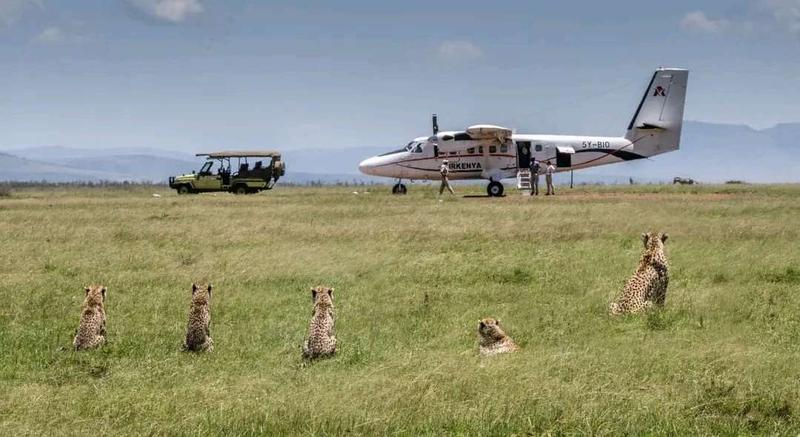
Removed from Unnamed collection
Amboseli Tour 
25 November 2024
Mount Kilimanjaro Views: Enjoy stunning panoramic views of the majestic Mount Kilimanjaro, especially from Amboseli National Park. Amboseli National Park: Get up close to large herds of elephants and other wildlife such as lions, cheetahs, and zebras
Map

Removed from Unnamed collection
Mamba Village 
Mamba Village, nestled in the heart of East Africa, proudly stands as the continent's largest crocodile farm. Housing over 10,000 crocs of all ages, sizes, and types, it's a thrilling spectacle for any wildlife enthusiast. Among these fascinating rep
Map

Removed from Unnamed collection
Mombasa Tusks 
Two enormous pairs of intersecting tusks stand proudly at the entrance of the city along Moi Avenue, creating striking archways over each side of the road. These tusks, crafted from aluminum in 1952, were designed to celebrate Queen Elizabeth's visit
Map

Removed from Unnamed collection
Fort Jesus 
Constructed in the intriguing shape of a man back in 1593 by the Portuguese, Fort Jesus stands as a UNESCO World Heritage Site today. It's a must-see spot for anyone visiting the city. This fortress doesn't just offer a peek into the past with its fa
Map

Removed from Unnamed collection
Paradise Beaches 
Zanzibar's stunning white beaches, kissed by the warm turquoise waters of the Indian Ocean, offer an idyllic spot to unwind, catch some rays, and escape the hustle and bustle of sightseeing. Imagine feeling the fine sand between your toes while the g
Map

Removed from Unnamed collection
Stone Town 
Stone Town might not have the most poetic name, but this historic gem is the beating heart of Zanzibar, looking much the same as it did two centuries ago. Picture this: narrow, winding alleys where every turn leads you to bustling bazaars, enchanting
Map

Removed from Unnamed collection
Al-Hijaz Railroad 
Picture this: a railway that stands as a testament to time, its very existence a storybook of the past. The Hijaz Railroad, brought to life by decree of the Ottoman Sultan, is more than just tracks and trains. It's a living chronicle of adventures an
Map

Removed from Unnamed collection
Dar Al Madinah Urban Museum 
Nestled in the heart of Al Madinah, you'll find the city's first museum dedicated entirely to its rich history and urban heritage. This fascinating place offers a unique glimpse into Islamic culture and the city's storied past, stretching all the way
Map

Removed from Unnamed collection
Zanzibar Island 
When most travelers think of the Zanzibar archipelago, their minds often drift to Unguja, which many know as Zanzibar Island. Yet, this archipelago has so much more to offer with its myriad of islands and charming little islets just waiting to be exp
Map

Removed from Unnamed collection
Mbudya Island Marine Reserve 
Mbudya Island, a hidden gem in Tanzania, lies just north of the bustling capital, Dar es Salaam. It's one of the four enchanting islands that make up the Dar es Salaam Marine Reserve. This uninhabited paradise offers a perfect escape for anyone looki
Map







